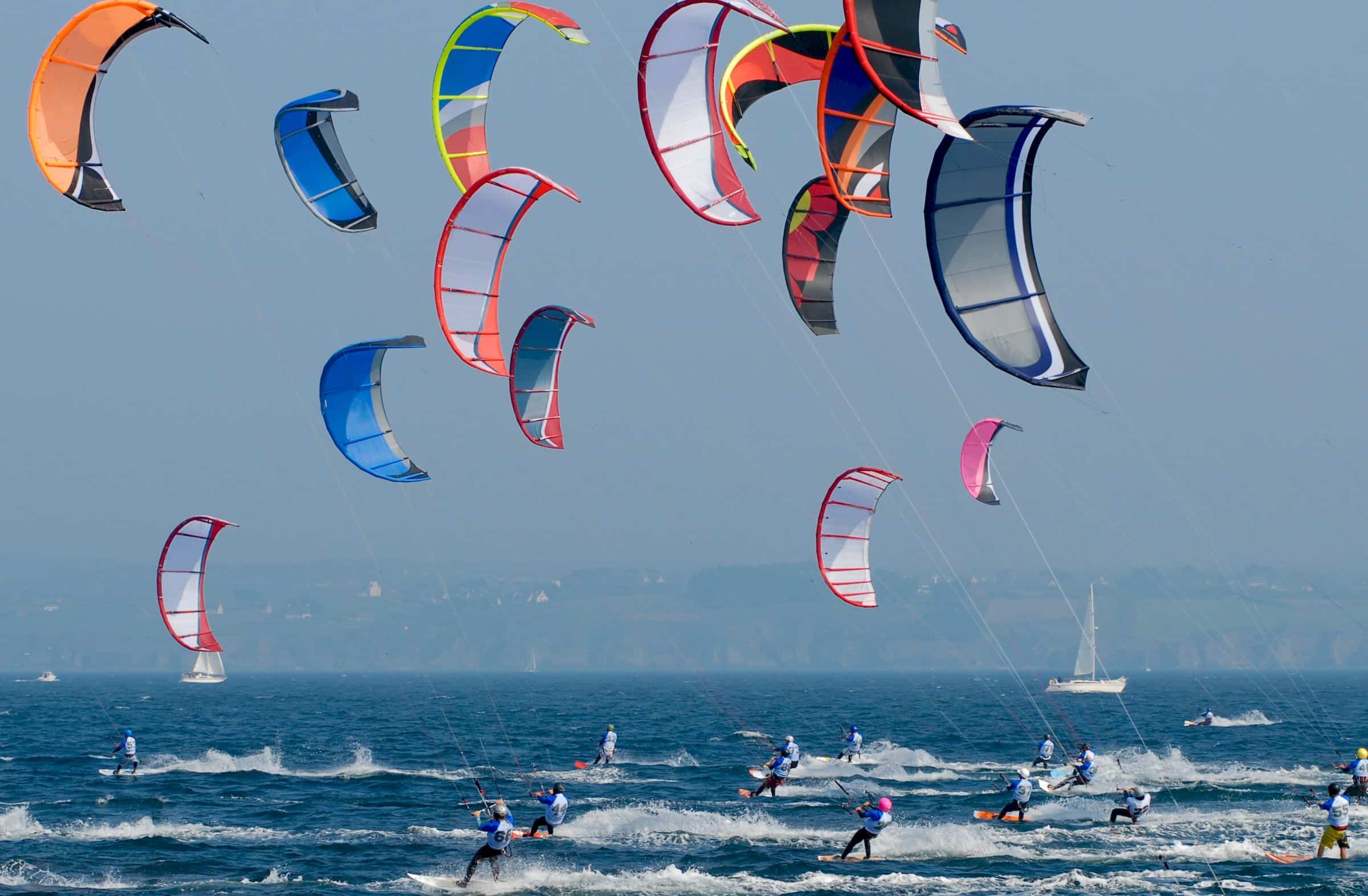With two seas and endless coastline, Puglia offers a unique advantage for beach lovers: no matter how the wind blows, you can always find a calm, crystal-clear bay. Stretching between the Adriatic Sea to the east and the Ionian Sea to the southwest, the region’s geography allows you to enjoy the best swimming conditions simply by following the winds.
DISCOVER OUR LUXURY VILLAS

Understanding the Winds of Puglia
Puglia’s relationship with the wind runs deep. The same breezes that cool its olive groves and vineyards also shape daily life along its shores. Here’s how each wind influences the coastline — and how to use it to your advantage when choosing your perfect beach.
Tramontana (North Wind)
Direction: Blows from the north to the south.
Effect: The Adriatic Sea becomes rough and wavy, while the Ionian Sea remains calm and crystal-clear.
Best Beaches: Head to Porto Cesareo, Gallipoli, and Pescoluse for mirror-like waters and sunshine without waves.
Scirocco (South Wind)
Direction: Blows from the south or southeast, carrying warm air from Africa.
Effect: The Ionian coast becomes wilder, while the Adriatic side calms down beautifully.
Best Beaches: Choose Polignano a Mare, Monopoli, Torre Canne, or Ostuni for perfect swimming and turquoise waters.
Libeccio (Southwest Wind)
Direction: Comes from the southwest.
Effect: Brings mild humidity and occasional rain, typical in autumn and early spring.
Tip: Explore Puglia’s inland treasures—white towns like Cisternino, Alberobello, and Martina Franca—until the skies clear.
Levante (East Wind)
Direction: From the Greek islands toward the Adriatic.
Effect: Gentle and warm, it enhances the scent of the Mediterranean scrub and ensures calm seas.
Best Beaches: Ideal for the north Adriatic coast, from Vieste to Polignano.
Maestrale (Northwest Wind)
Direction: From the Balkans and Trieste.
Effect: Fresh and dry, bringing cooler air in winter and pleasant breezes in summer.
Best For: Water sports enthusiasts—especially windsurfers—on Torre dell’Orso or Porto Badisco.
How to Check Wind Conditions
If you’re unsure about the wind direction, simply consult one of the many reliable weather apps or local forecasting sites such as Windy or 3B Meteo. They provide hour-by-hour wind maps—essential tools for choosing the calmest waters or the best spots for surfing and kitesurfing.
Experience Puglia Like a Local
Knowing how to “read” the wind is one of the secrets that makes a Puglia holiday unforgettable. Guests at Puglia Paradise villas receive daily local insights from their Guest Angel, who can suggest where to swim, dine, or explore based on the day’s conditions.
Whether you prefer the silky Ionian sands or the dramatic Adriatic cliffs, there’s always a perfect beach waiting for you—just follow the wind.
